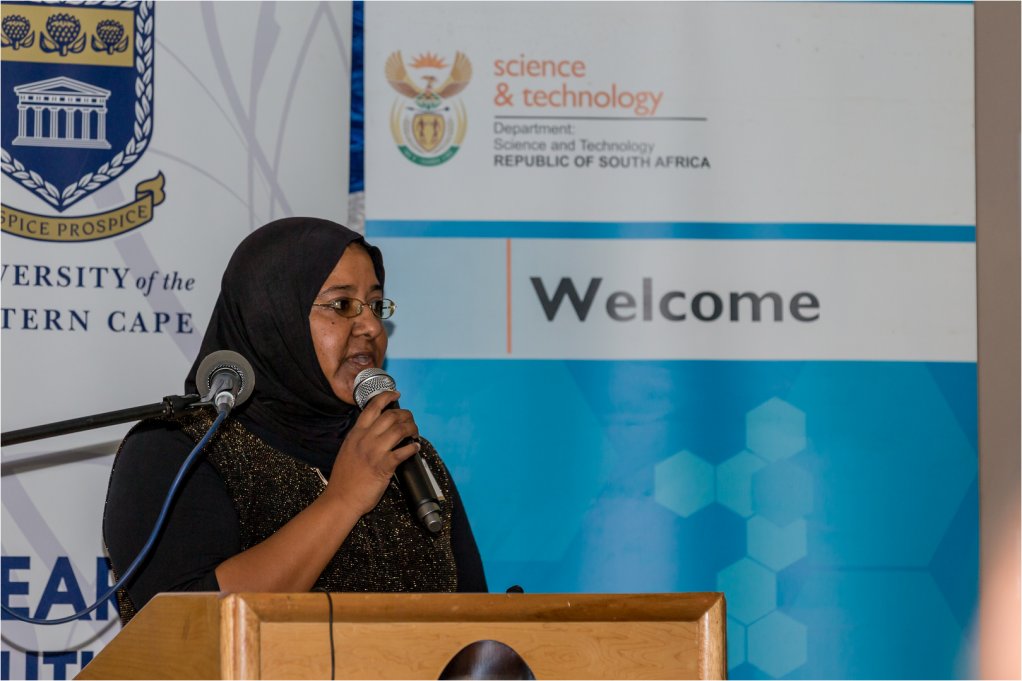Platinum producer Impala Platinum (Implats) is finalising the development of a fuel-cell-driven load haul dumper (LHD) prototype, which it expects to be ready for trials in underground mines by the end of next year, fuel cell coordinator Fahmida Smith tells Mining Weekly.
Diesel-fuelled LHDs are used in underground mines, releasing diesel particulate matter (DPM) which is a carcinogen in confined spaces, and have an exhaust temperature of about 350 °C.
Smith says the release of these gases necessitates significant mine ventilation and cooling to remove pollutant emissions and maintain legislated operating temperatures.
Compared with its diesel counterpart, a fuel-cell-driven LHD has zero DPMs, does not emit any carbon monoxide (CO), emits 40% less carbon dioxide (CO2) and produces negligible sulphur oxide (SOx) and nitrogen oxide (NOx).
In addition, the exhaust temperature of the fuel cell vehicle is less than half of its counterpart’s.
“It will significantly decrease emissions underground and reduce ventilation requirements, as well as a mine’s operational costs. “The fuel cell and battery combination is a superior fit to the duty cycle of the LHD and results in much improved use of available power,” Smith explains.
Fuel cells use electrochemical rather than combustion processes to produce power and can use various fuel sources to produce heat and power, eliminate the production of CO, SOx and NOx, and reduce CO2 content.
Smith says hydrogen can be supplied to the fuel cells as hydrogen gas or through reforming natural gas or methane. Hydrogen releases an electron to form H+, which combines with oxygen from the air and produces water, while the electron produces electricity.
Smith adds that fuel cells eliminate CO formation, thus reducing the electricity generation carbon footprint. “In the instance of [using] hydrogen gas as a fuel, the carbon footprint is completely eliminated and particulate matter is not produced.”
Stationary Project
Smith says Implats has partnered with local businesses to provide sustainable economic returns, one of which aims to take the Springs refinery, in Gauteng, off-grid using a phased approach. This will be accomplished by implementing an 8 MW natural- gas-fed fuel cell power plant to demonstrate industrial scale viability of fuel cells to generate energy (power and heat).
The delivery and installation of the fuel cells, which are manufactured and under warranty by conglomerate Doosan, are scheduled between May and July 2017, while electricity and heat recovery at the plant will be available in November or December next year.
For every kilowatt of energy produced in stationary fuel cells, an equivalent amount of heat is produced, Smith adds.
The system will use natural gas as a fuel source, produce 8 MW of power and offset 8 MW of heat; it will be located adjacent to the Springs refinery. It also has the potential to decrease CO2 generation by as much as 56%, compared with current coal-based electricity, according to Implats.
The fuel cell system will comprise twenty 400 kW units,each containing about 3 kg of platinum in the membrane stacks, which will be recycled by Implats every ten years.
Edited by: Tracy Hancock
Creamer Media Contributing Editor
EMAIL THIS ARTICLE SAVE THIS ARTICLE
To subscribe email subscriptions@creamermedia.co.za or click here
To advertise email advertising@creamermedia.co.za or click here













